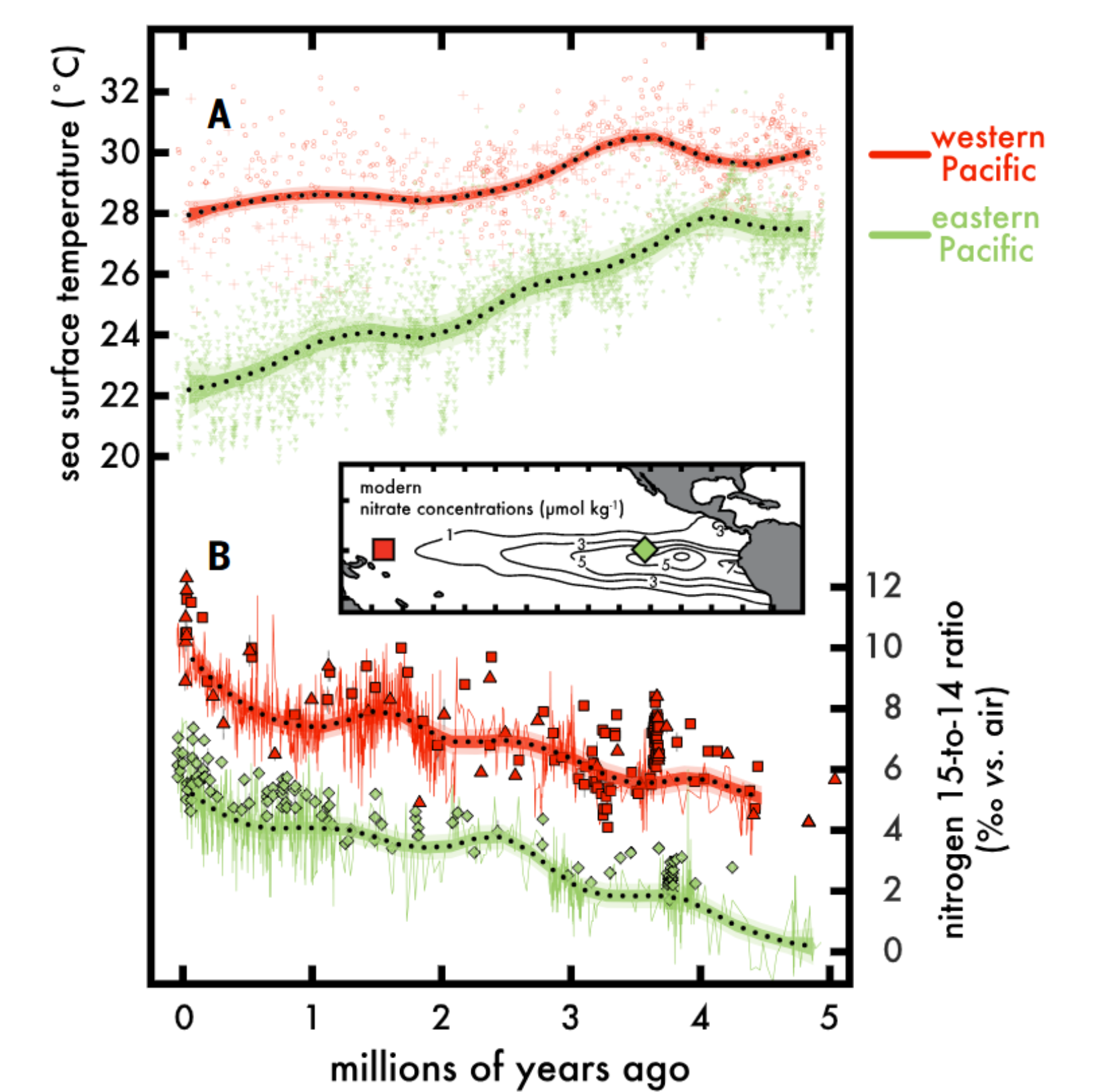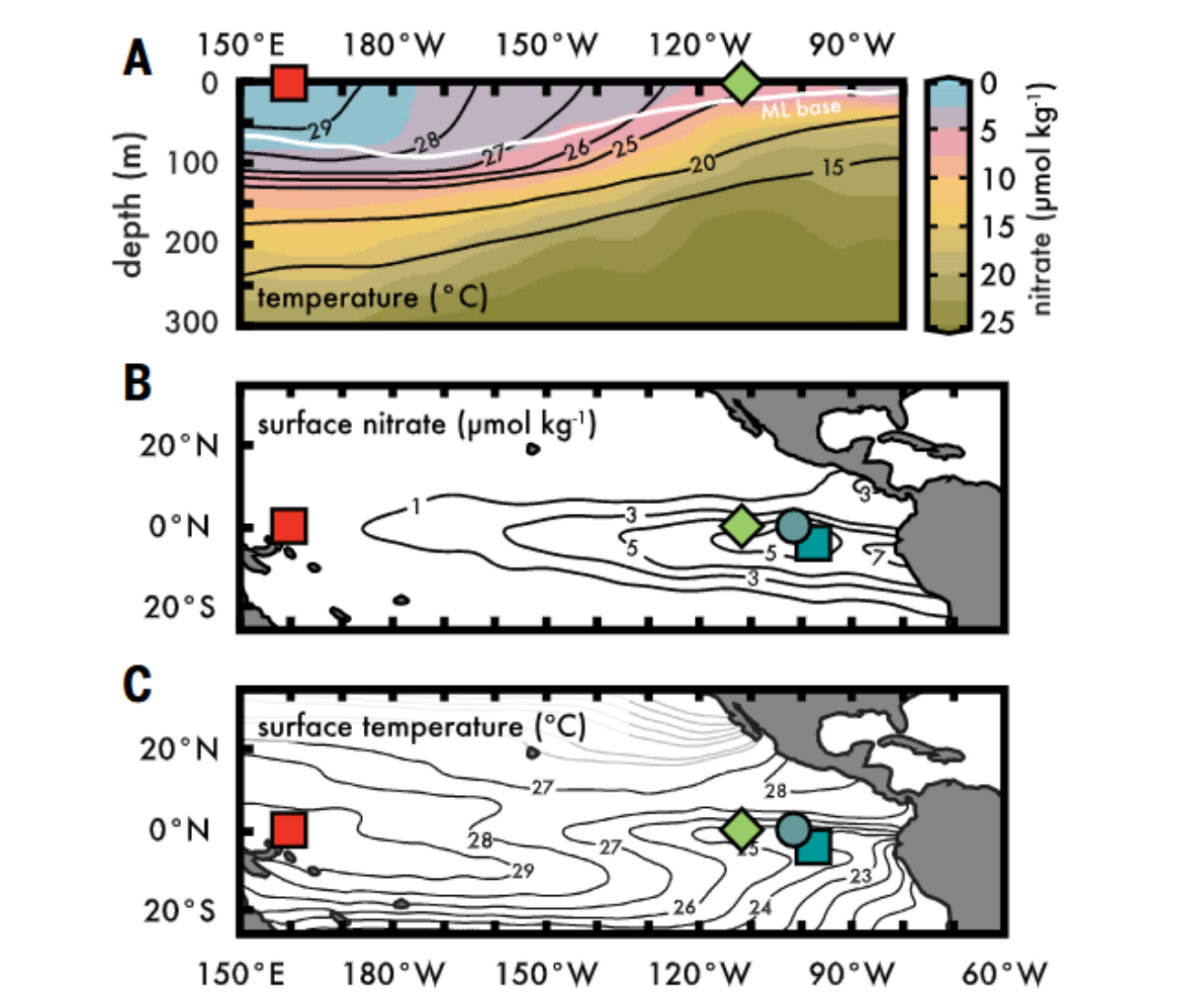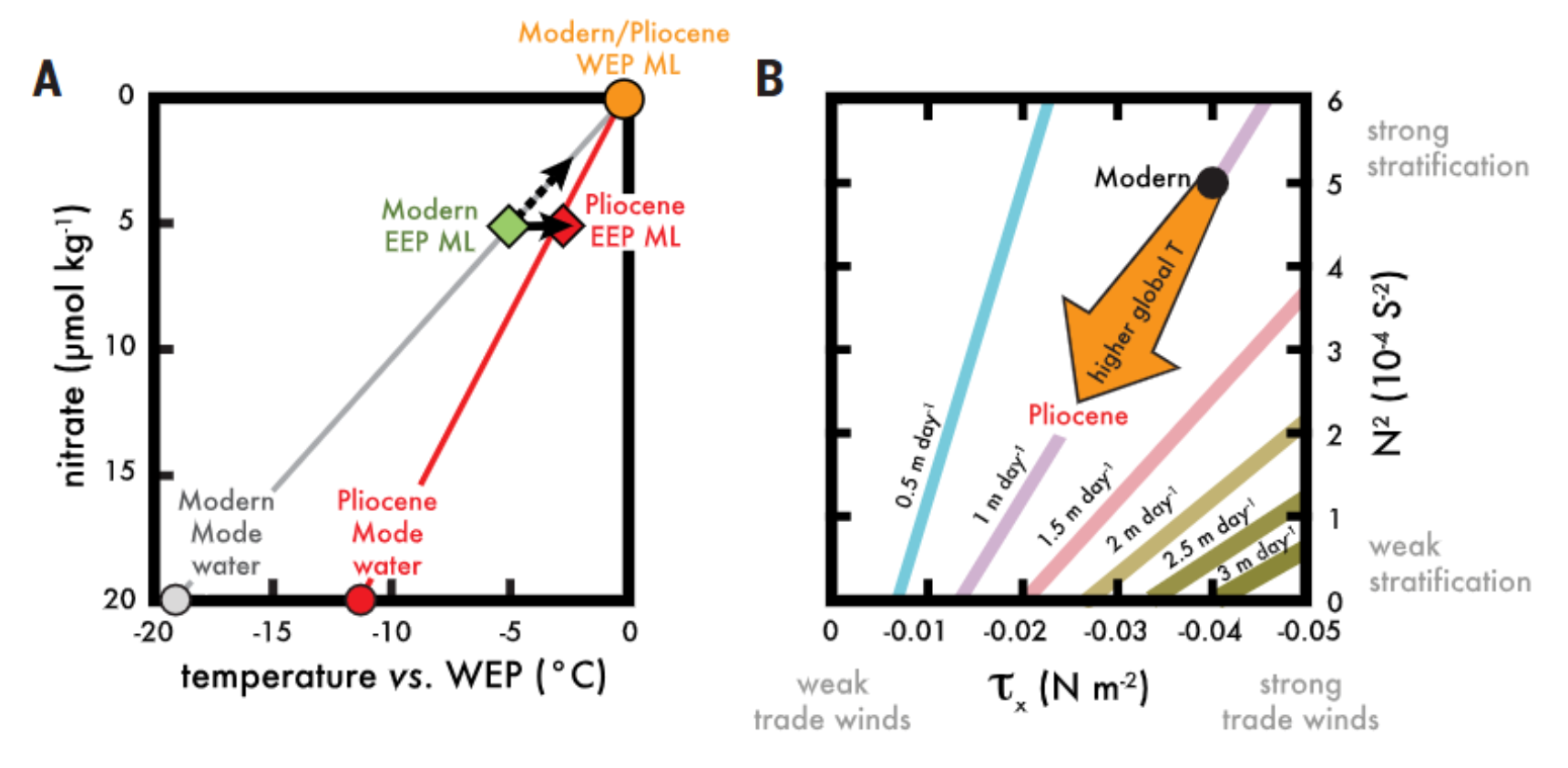A recent study has made microscopic fossils messengers from a warmer world, showing that the tropical Pacific Ocean could be much more stable—and robust—than previously thought. Analyzing nitrogen isotopes locked up in the shells of ancient plankton, scientists uncovered data that ocean nutrient upwelling, a mechanism vital to marine life, was consistent even during one of Earth’s hottest periods.
The results indicate that contemporary ocean productivity could be resistant to collapse with increased global warming, contrary to predictions made by most climate models.
The research, in Science, delves extensively into the Pliocene Epoch, approximately 5.3 to 2.6 million years ago. At that time, temperatures on the planet were about 2 to 4 degrees Celsius warmer than now, and levels of carbon dioxide were equivalent to what is currently present in the atmosphere. But the tropical Pacific—the ocean’s “engine room”—appears to have had its nutrient current flow on unabated, fueling plankton blooms that sustained marine ecosystems.
Researchers used their skills to break this code by analyzing the chemical signature of nitrogen isotopes, or δ¹⁵N, contained in the shells of minute marine organisms called foraminifera. These isotopes are indicators of past nutrient use. When they consume nitrate to feed in surface oceans, phytoplankton deposit a characteristic isotopic signature that is preserved in buried sediments.

Researchers collected samples at two sites in the deep ocean: one in the nutrient-rich eastern equatorial Pacific and the other in the nutrient-poor western equatorial Pacific surface waters. Contrast isotopic differences between the sites allowed the researchers to reconstruct the upwelling behavior—currents bringing nutrient-rich water to the ocean surface—over the tropical Pacific.
Conventional wisdom held that more vigorous upwelling in the Pliocene brought cold water to the surface, cooling the world as the Earth embarked on the Pleistocene ice ages. But the new record of isotopes has another tale to tell. The nitrogen isotope ratio difference between east and west was remarkably consistent over millions of years. This consistency suggests that the upwelling strength did not increase and that cooling likely resulted from structural change of the ocean itself, rather than from more vigorous wind or more extensive nutrient delivery.
Patrick Rafter, University of South Florida chemical oceanographer and co-author of the study, said the findings contradict earlier assumptions. “Our measurements suggest that, on a warmer planet, the amount of marine nutrients available to power plant growth and fisheries need not necessarily be declining,” he said.
That is welcome news for regions like the tropical Pacific, which supports some of the most productive fisheries on the planet. If upwelling that supports these systems holds steady, ocean food chains may be able to sustain themselves even under conditions of global warming.

To produce this precise information, scientists utilized advanced lab techniques that any chemist would be proud of. They extracted nitrogen from the foraminifera shells through a “persulfate-denitrifier” technique—essentially converting sequestered organic nitrogen into nitrous oxide gas, which was later quantified using high-resolution isotope ratio mass spectrometer. The findings were referenced using international standards to produce accuracy in fractions of a part per thousand.
The precision offered by this system allowed the research team to track subtle variations in the ocean chemistry over a span of five million years. The results showed that even when the surface waters were warming, the availability of nitrate—the plankton’s principal fuel source—did not change.
“It’s like a time machine built with molecules,” Rafter stated. “We can’t rewind the clock and take a reading of the ocean itself, but these isotopes inform us about what it was up to.”
The researchers also modeled how ocean structure could continue to be in balance while warming was taking place. They found that as trade winds eased, the ocean surface grew less dense—a blend that could potentially offset upwelling alterations. In effect, even if winds did slow down, the lighter, more level ocean elevations may still be able to spread nutrients upwards.

This dynamic balance suggests that the tropical Pacific might regulate its own vertical mixing, keeping steady delivery of nutrients even as the surface temperature increases. Such internal adjustment processes can make the Pacific Ocean more resilient to warming than initially imagined.
Jesse Farmer, co-author and assistant professor at the University of Massachusetts Boston, explained that this is not a suggestion that the modern ocean is exempt from change. “Our current warming is happening so quickly that the ocean may react differently than it does when it’s been warm for a long time, as occurred during the Pliocene,” he added. Farmer explained that modern hazards—acidification and overfishing—could still unbalance marine ecosystems.
The researchers’ observations are supported by sediment trap records and mass-balance calculations showing that nitrogen use in the Pacific has remained astonishingly consistent with the past. The mixed layer depth, the upper ocean layer where most biological activity occurs, also appeared to be the same as today, suggesting the Pacific’s nutrient engine still hummed smoothly after radical climate shifts.
Princeton University senior author Daniel Sigman said the findings uncovered the ocean’s secret stability. “What we are seeing here is a system that evolves internally,” he explained. “Even when surface temperature and atmospheric conditions were varying, processes that control ocean productivity were in balance.”.

Researchers plan to extend their “geochemical detective toolkit” to other parts of the ocean to see whether the same stability was present elsewhere. Such a study will make global climate models more accurate and provide us with a clearer view of how marine nutrient systems respond to heat.
This study carries a message of hope: the biological heart of the sea might be stronger than thought. The tropical Pacific’s ability to maintain nutrient upwelling during past warmings assures that future climate warming won’t kill off marine productivity as once feared. Steady provision of nutrients means fisheries will continue to be sustainable, helping to keep world food supplies going even as temperatures warm.
But the scientists caution that today’s rapid warming, along with pollution and overfishing, can still strain this delicate balance. Nevertheless, having learned nature’s resilience in the Pacific gives new faith in forecasting in how the world’s largest ocean may respond to human-induced change.
The ancient lesson is straightforward—Earth’s systems are able to adapt, albeit not indefinitely, and keeping it in balance may depend on how mankind responds to pressures of the day.
Research findings are available online in the journal Science.
Like these kind of feel good stories? Get The Brighter Side of News’ newsletter.
The post Ancient fossils find Pacific Ocean balances itself during global warming appeared first on The Brighter Side of News.
Leave a comment
You must be logged in to post a comment.